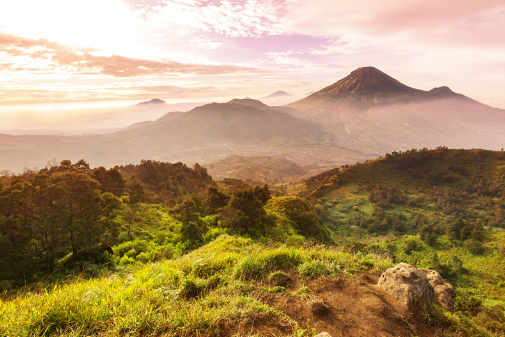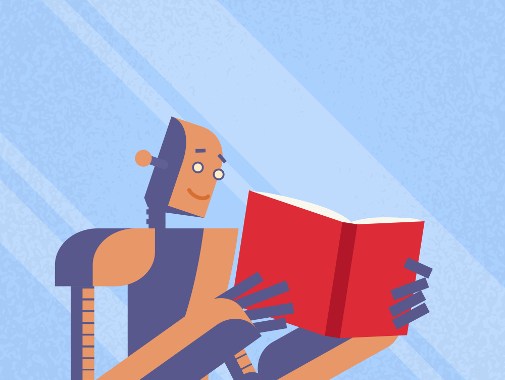Discussing What Can Be Done About Mass Extinction
After listening to E.O. Wilson talk about mass extinction, students discuss the problem and possible solutions. They then write a response to E.O. Wilson’s ‘Half-Earth’ proposal. Common Core aligned discussion and writing for grades 9-12.
Scientific Inquiry With Poetry
Explain and engage in scientific inquiry with this poem and investigation from The Poetry Friday Anthology for Science for Kids by Pomelo Books.
Design a Better Vortex Cannon
Build an air vortex cannon that shoots air across the room, then modify and test your design to make an air cannon that shoots even farther.
Live Online Discussion: Bringing Climate Science Into the Classroom
On Tuesday, April 5, 2016, Science Friday hosted a live online web panel to discuss challenges and approaches to teaching climate change science in the classroom. Led by passionate educators who are committed to best practices in climate education, this discussion provided strategies for bringing climate change data into the classroom.
How Do You Create Moral Robots?
As we move towards self-aware artificial intelligence, engage students in discussion and writing about teaching robots the difference between right and wrong.
Media Guide: The Bouba-Kiki Effect
The Bouba-Kiki effect describes the tendency of people to identify certain sounds with specific types of shape. Students will test out the Bouba-Kiki Effect, learn about current research, create their own sound-shape pairings based on the theories behind the Bouba-Kiki effect, and evaluate different explanations for the effect based on their observations.
Media Guide: HIV Prevention With PrEP
Use this classroom resource to have your students learn about PrEP, an HIV prevention treatment that is the subject of a recent study in the Netherlands. Discuss implications of PrEP on the spread of HIV with this audio segment from Science Friday.
Make A Mathy Valentine
Spice up your valentines this year by using a little geometry to create consistent hearts and captivating patterns.
High Pressure In The Deep Ocean
Pressure is a huge challenge for deep ocean explorers. Learn how pressure changes with depth and explore its effects on compressible solids in this series of experiments, demonstrations, and real-life data collected aboard the E/V Nautilus.
The Tragic Mystery Of The Mushy Apple
In this experiment, you’ll explore the influence of apple cell structure on the crunchiness and juiciness of an apple by measuring apple tissue tensile strength.









